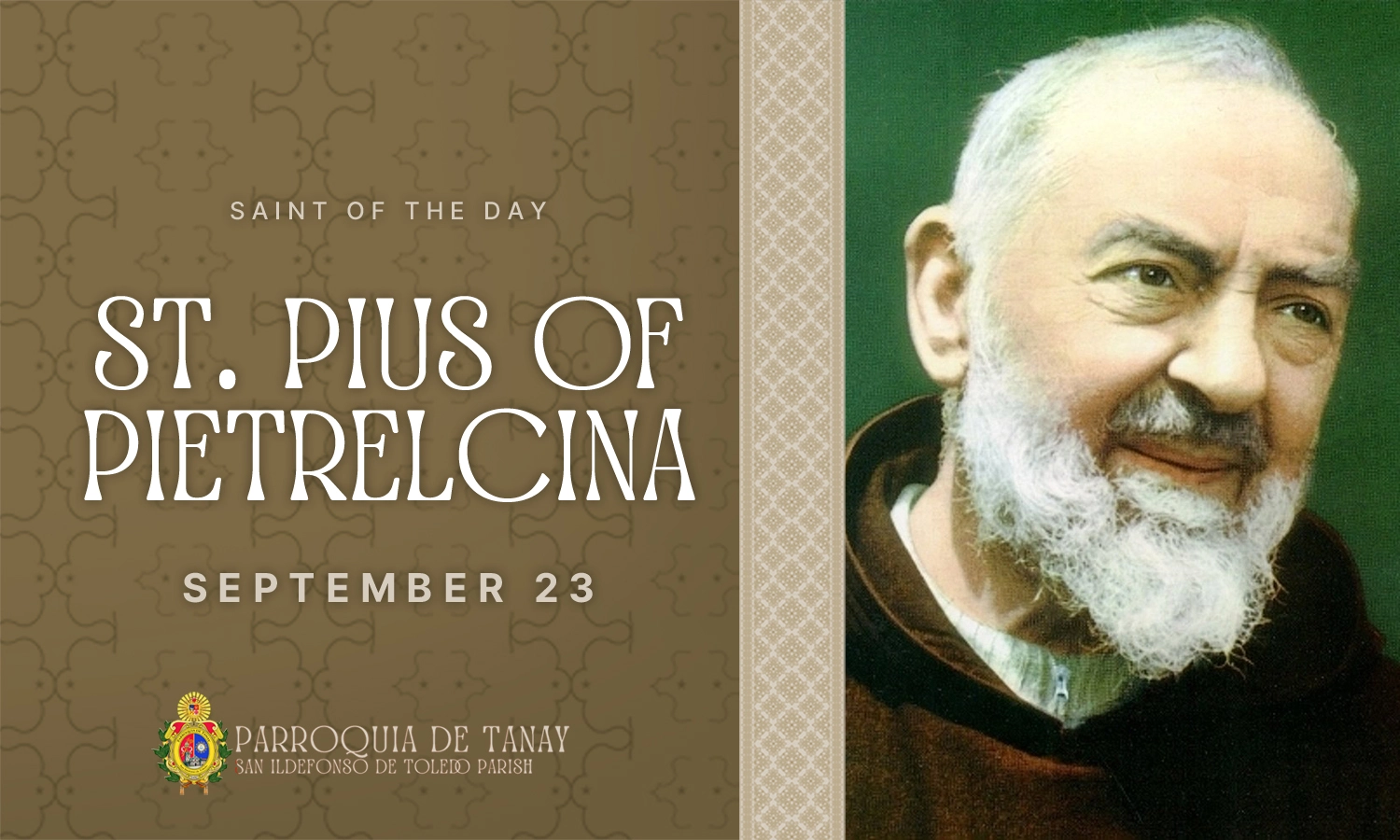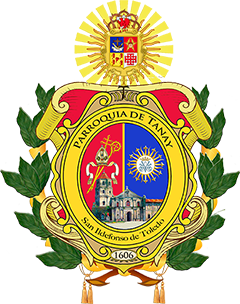Saint of the Day: St. Pius of Pietrelcina | September 23
By SIDTP SoCom
Published on September 23, 2024
St. Pius of Pietrelcina, commonly known as Padre Pio, was a Capuchin friar and priest born on May 25, 1887, in Pietrelcina, Italy. He is widely recognized for his deep spirituality, mystical experiences, and the stigmata he bore, which are the wounds of Christ’s crucifixion.
Padre Pio entered the Capuchin order at a young age, and after completing his religious studies, he was ordained a priest in 1910. He spent most of his life in the small town of San Giovanni Rotondo, where he became known for his intense prayer life and his commitment to helping others.
One of the most remarkable aspects of Padre Pio’s life was the stigmata, the visible signs of Christ’s crucifixion that he began to bear in 1918. These wounds were a source of both profound suffering and deep spiritual significance for him. Many people saw this as a sign of his holiness and deep union with Christ. Despite the physical pain and skepticism from some quarters, Padre Pio continued to minister to the faithful with great compassion and dedication.
Padre Pio was also known for his ability to discern the confessions of those who came to him, offering spiritual guidance and counsel. He founded a hospital, the “Home for the Relief of Suffering,” in San Giovanni Rotondo to care for the sick and needy, reflecting his commitment to both spiritual and physical healing.
He was canonized as a saint by Pope John Paul II in 2002, and his feast day is celebrated on September 23rd. Padre Pio is remembered not only for his mystical experiences and the stigmata but also for his humility, dedication to prayer, and love for the suffering.
For more information on St. Pius of Pietrelcina, you can consult “Padre Pio: The True Story” by C. Bernard Ruffin or “The Oxford Dictionary of Saints” edited by David Hugh Farmer.
Sources:
1. Ruffin, C. Bernard. Padre Pio: The True Story. Ignatius Press, 1992.
2. Farmer, David Hugh, ed. The Oxford Dictionary of Saints. Oxford University Press, 2003.



